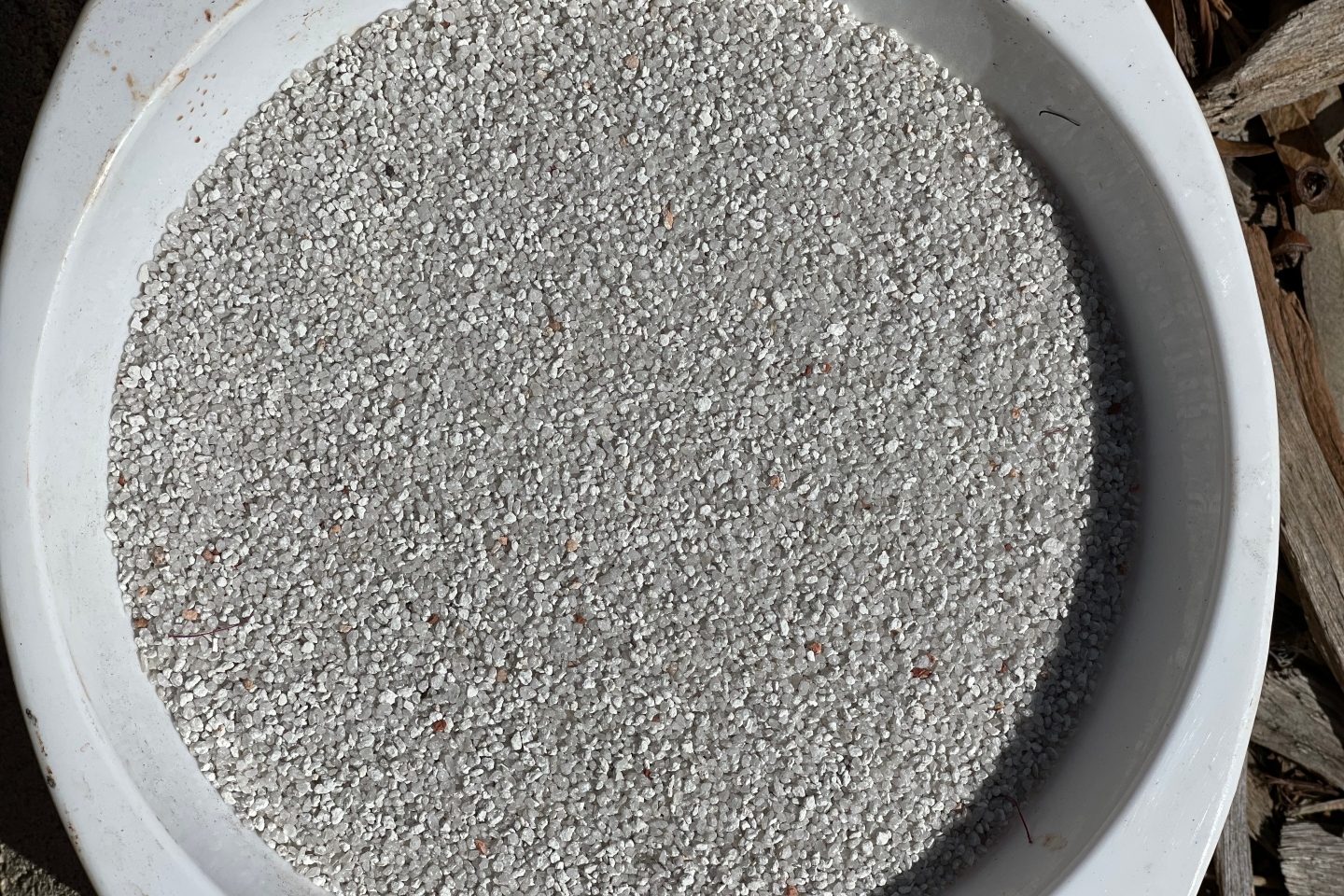Allup Silica’s Sparkler project in WA’s Great Southern has delivered high-grade silica sand samples pure enough for the solar panels market ¬– an industry tipped to be worth hundreds of billions of dollars worldwide in the next few years. Improvements in processing for Allup have resulted in test samples attaining the holy grail for silica sand producers of iron oxide impurities below 100 parts per million.


Allup Silica’s Sparkler project in WA’s Great Southern has delivered high-grade silica sands pure enough for the premium solar panels market – an industry tipped to be worth hundreds of billions of dollars in the next few years.
Improvements in Allup’s silica sands processing – notably, the incorporation of flotation into the process – has reduced the level of iron oxide impurities to an average of 84 parts per million and boosted silica levels to between 99.7 per cent and 99.8 per cent.
Flotation helps separate the impurities and a bonus of Allup’s improved figures is that organic reagents have been used, meaning less damage to the environment according to the company.
Silica sands are used in the manufacture of glassmaking, ceramics and in foundries. High-quality silica is a central component of the semiconductors used in electronics and computer processors and a critical component in optical fibres, premium ceramics and tablets, mobile phones and photovoltaic or “PV” markets.
There is also an emerging market for silica in boosting the performance of lithium-ion batteries, with trials currently underway to coat the graphite contained in battery anodes with silica to achieve greater performance. Some believe that silica could even potentially replace graphite completely in the battery anode – the biggest single battery metal contained in lithium batteries.
Impurities in silica sands, particularly iron oxide, can discolour ceramics, impair transmission in optical fibres and reduce glass transparency. High-tech products often require silica with very low levels of impurities as a result.
At 100ppm iron oxide and below, transmissivity is maximised. If a solar panel’s cover glass is not made with sub-100ppm iron oxide, then the efficiency of even the best PV module available is reduced. All of which means the holy grail of silica sands producers is iron oxide levels below 100 ppm to enable access to the solar panel, premium ceramics and other high-tech markets.
Allup Silica Chairman, Andrew Haythorpe said: “The results from the improvements we are making to the process circuit are very encouraging and indicate that we do have the right projects and the high purity silica sands to start with.”
"Being able to achieve the high purity specs required for the manufacture of PV cells means we are on track, and we look forward to being able to supply samples to potential customers as we progress to development on our Sparkler Project.”
The Sparkler project comprises three exploration licences, Sparkler A, B and C, on private land approximately equidistant between Bunbury and Albany.
Allup’s latest test work was conducted on samples from Sparkler A.
However, all of its projects contain low amounts of iron impurities, significantly reducing the purification and production process.
Sparkler, for example, has a mineral resource estimate of 70 million tonnes at 96.84 per cent silicon dioxide and 0.34 per cent iron oxide, numbers that will improve even further courtesy of processing”
Test work is continuing to further refine the proposed processing circuit methodology and achieve Allup’s goal of consistent iron levels at sub-100 ppm across all its projects.
Allup floated on the ASX in May, focused on development of its silica sands tenements located in several sites in WA and one location in the Northern Territory.
Growing demand for silica sands, coupled with dwindling supplies from traditional sources, have whetted the appetite of many an explorer seeking “the next big thing” in mineral exploration and Allup is well in the mix at the premium end of this burgeoning industry.
Is your ASX-listed company doing something interesting? Contact: matt.birney@businessnews.com.au













